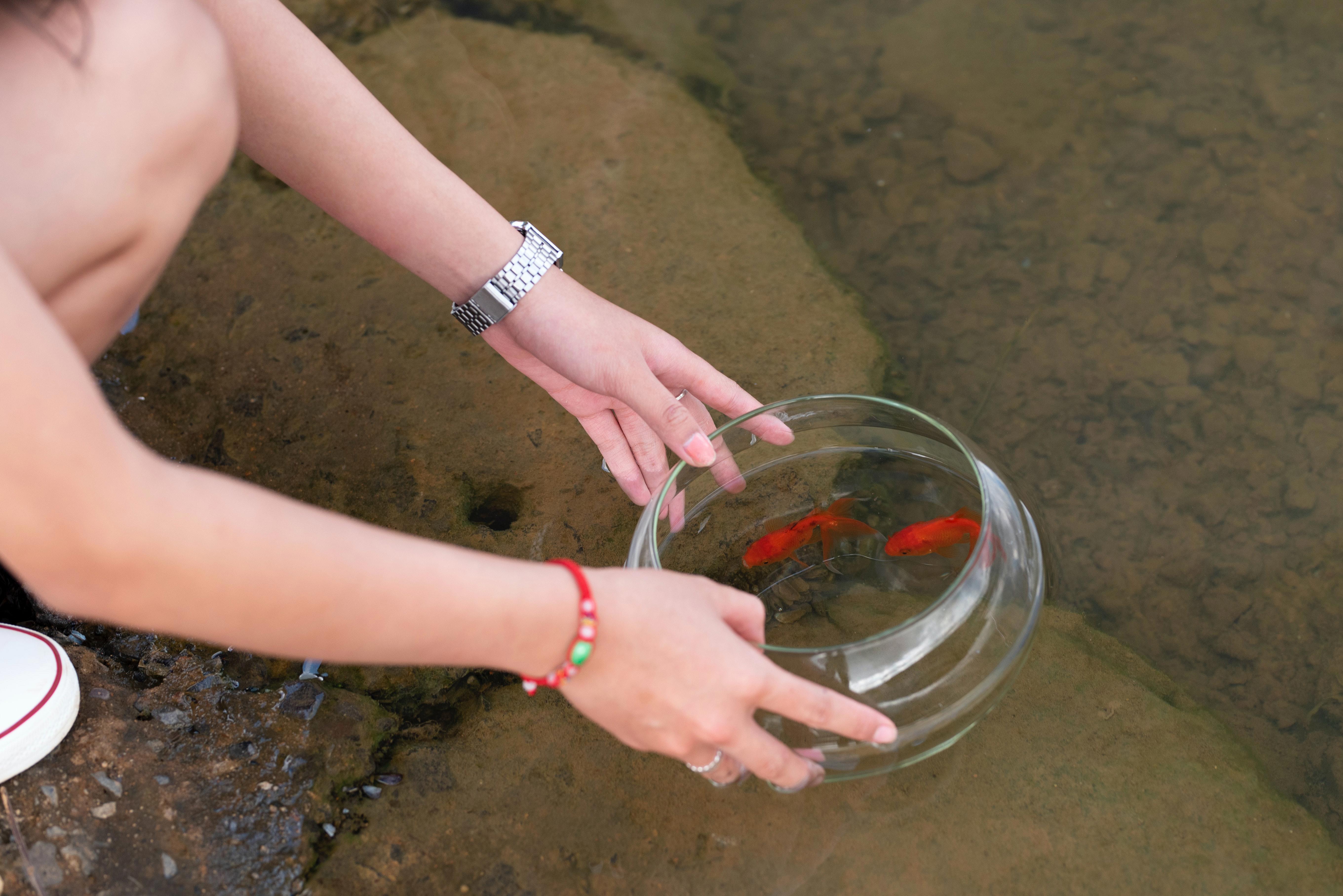If you’re a fish owner, you know how important it is to keep your aquatic friends happy and healthy. One of the essential tasks in maintaining a healthy fish tank is performing regular water changes. While water changes are necessary, they can also be stressful for your fish. Changes in water temperature, pH levels, and water chemistry can cause stress and even harm your fish. However, there are steps you can take to prevent your fish from getting stressed during water changes. In this blog post, we’ll discuss five easy steps you can follow to reduce stress in your fish during water changes.
For aquarium enthusiasts, changing the water in their tanks is a crucial task. It helps to maintain the water quality and keep the fish healthy. However, water changes can be stressful for fish, and it’s important to take measures to prevent this stress. In this article, we’ll discuss five easy steps to reduce stress in fish during water changes.
Step 1: Prepare the New Water
Before changing the water in your tank, it’s important to prepare the new water. Start by filling a clean bucket with tap water and add a water conditioner to remove any chlorine or chloramines. Allow the water to sit for at least 24 hours to allow the temperature to stabilize and for any dissolved gases to dissipate. You can also add some aquarium salt to the water to mimic the natural environment of the fish.
Step 2: Use a Gravel Vacuum
When changing the water, use a gravel vacuum to remove any debris from the bottom of the tank. This will not only improve the water quality but will also prevent the buildup of harmful bacteria. Be careful not to disturb the substrate too much as this can release trapped gases and cause stress to the fish.
Step 3: Change the Water Gradually
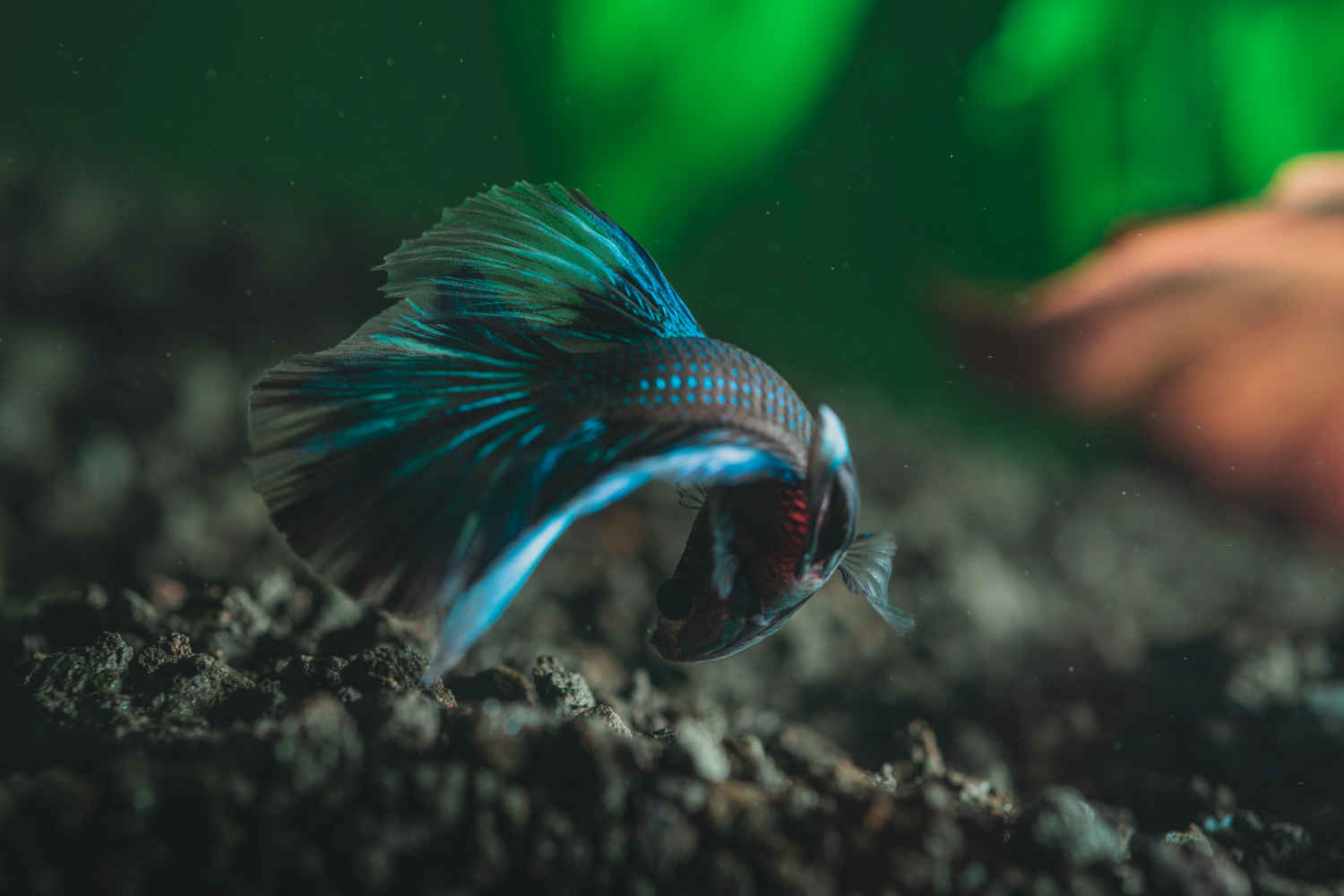
When adding the new water to the tank, do it slowly and gradually. This will help to prevent any sudden changes in temperature or water chemistry, which can be stressful for the fish. It’s recommended to change no more than 25% of the water at a time and to wait at least a day between water changes.
Step 4: Monitor the Water Quality
After changing the water, it’s important to monitor the water quality to ensure that it’s stable. Use a water testing kit to check the pH, ammonia, nitrite, and nitrate levels. If any of these levels are outside of the recommended range, take measures to correct them. This can include adding a biological filter or performing more frequent water changes.
Step 5: Add Some Plants
Adding live plants to your aquarium can help to reduce stress in fish during water changes. Plants can absorb harmful toxins and produce oxygen, which can improve the water quality and reduce stress. They also provide a natural and comfortable environment for the fish. Some good options for aquarium plants include Java fern, Anubias, and Amazon sword.
Overall, water changes are essential for maintaining a healthy aquarium, but they can be stressful for fish. By following these five easy steps, you can reduce stress and ensure that your fish remain healthy and happy. Remember to prepare the new water, use a gravel vacuum, change the water gradually, monitor the water quality, and add some plants. With these measures in place, you can enjoy a beautiful and thriving aquarium for years to come.
In conclusion, taking care of your fish during water changes is essential to ensure their overall well-being and health. With these 5 simple steps, you can easily reduce the stress levels of your fish and make the whole process less intimidating for them. By following these tips, you can ensure that your fish remain healthy, happy, and stress-free. Remember, every little effort counts when it comes to taking care of your fish, so always be attentive and proactive in their care.


%20-%20Copy.jpg)
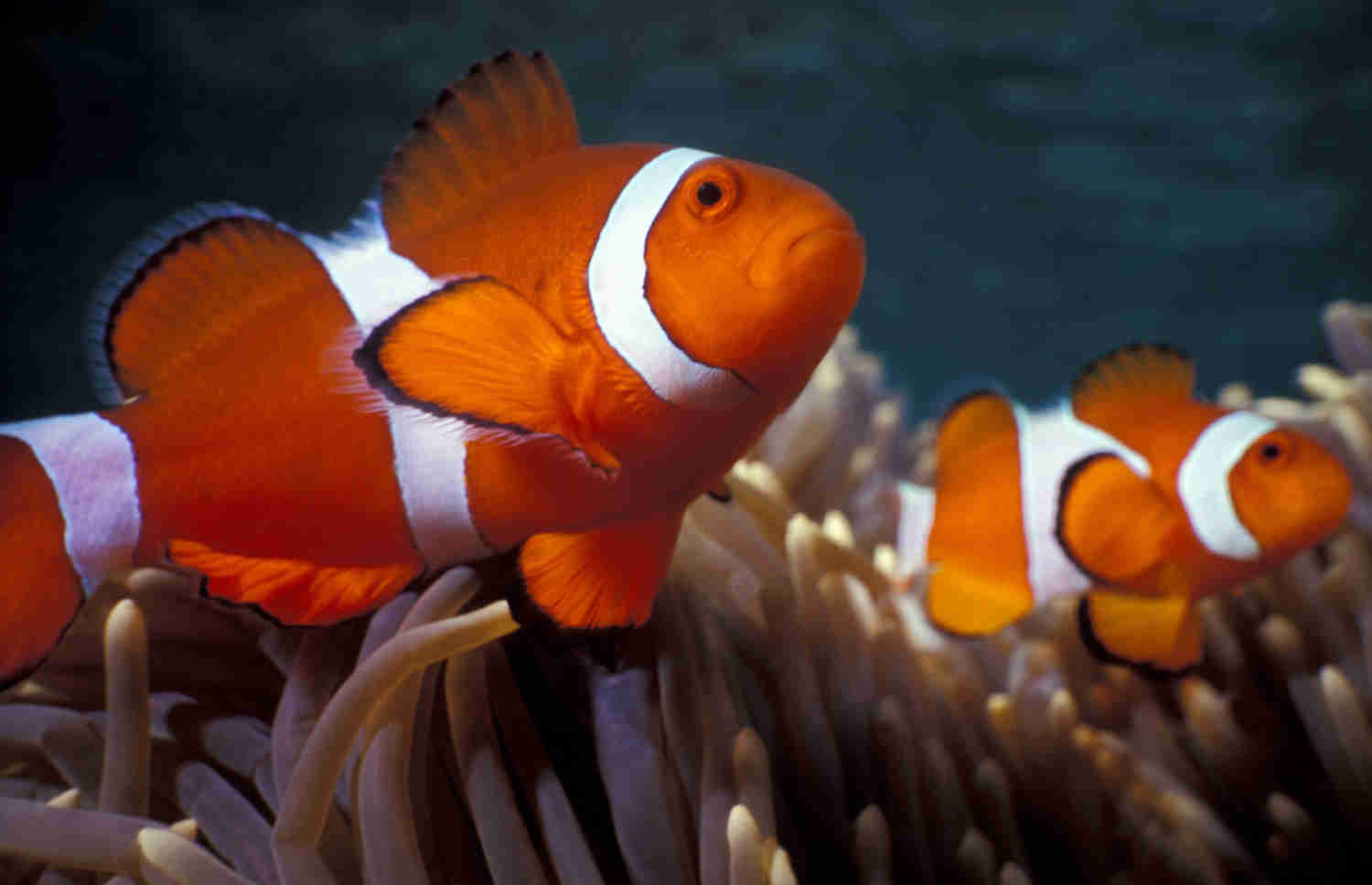
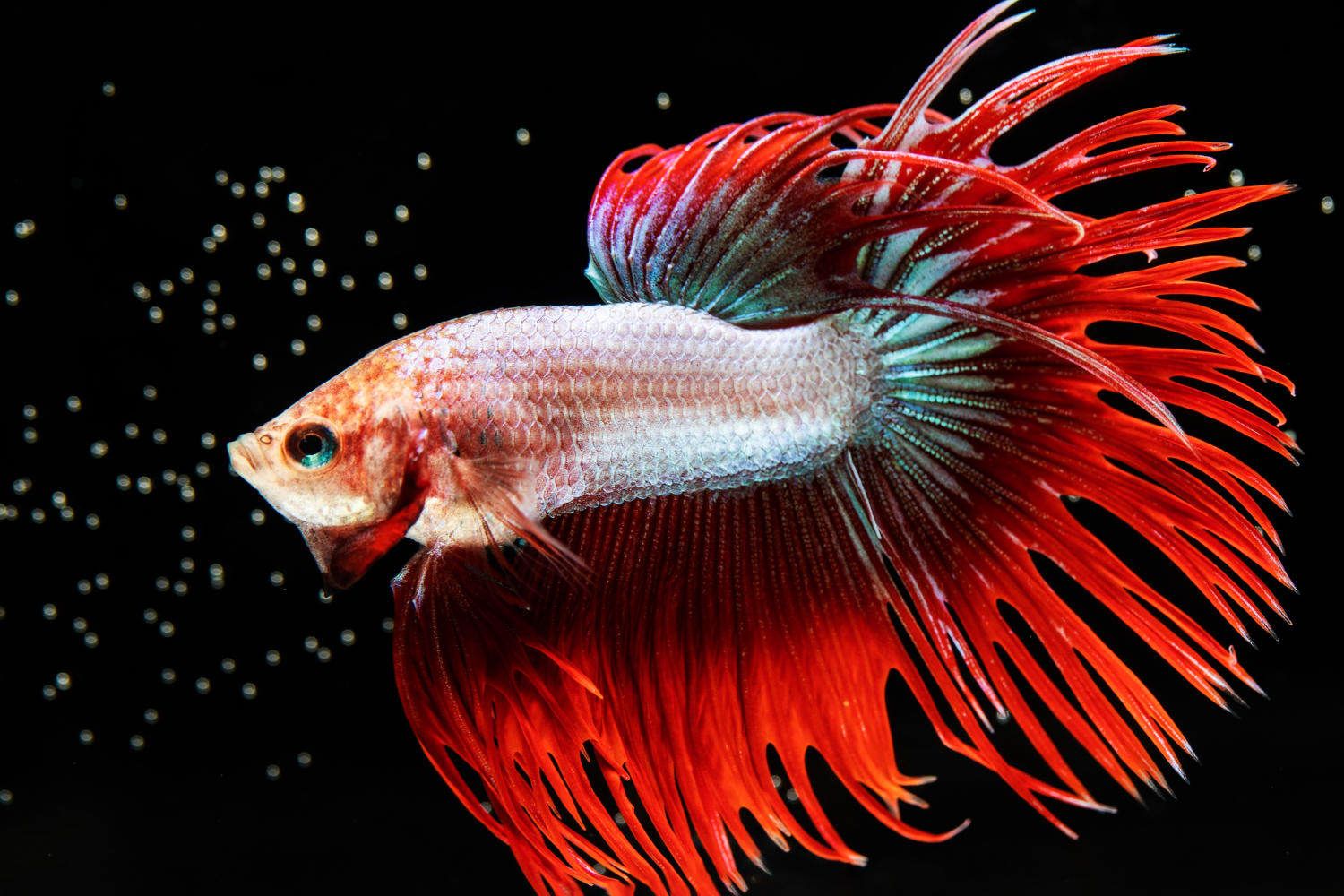
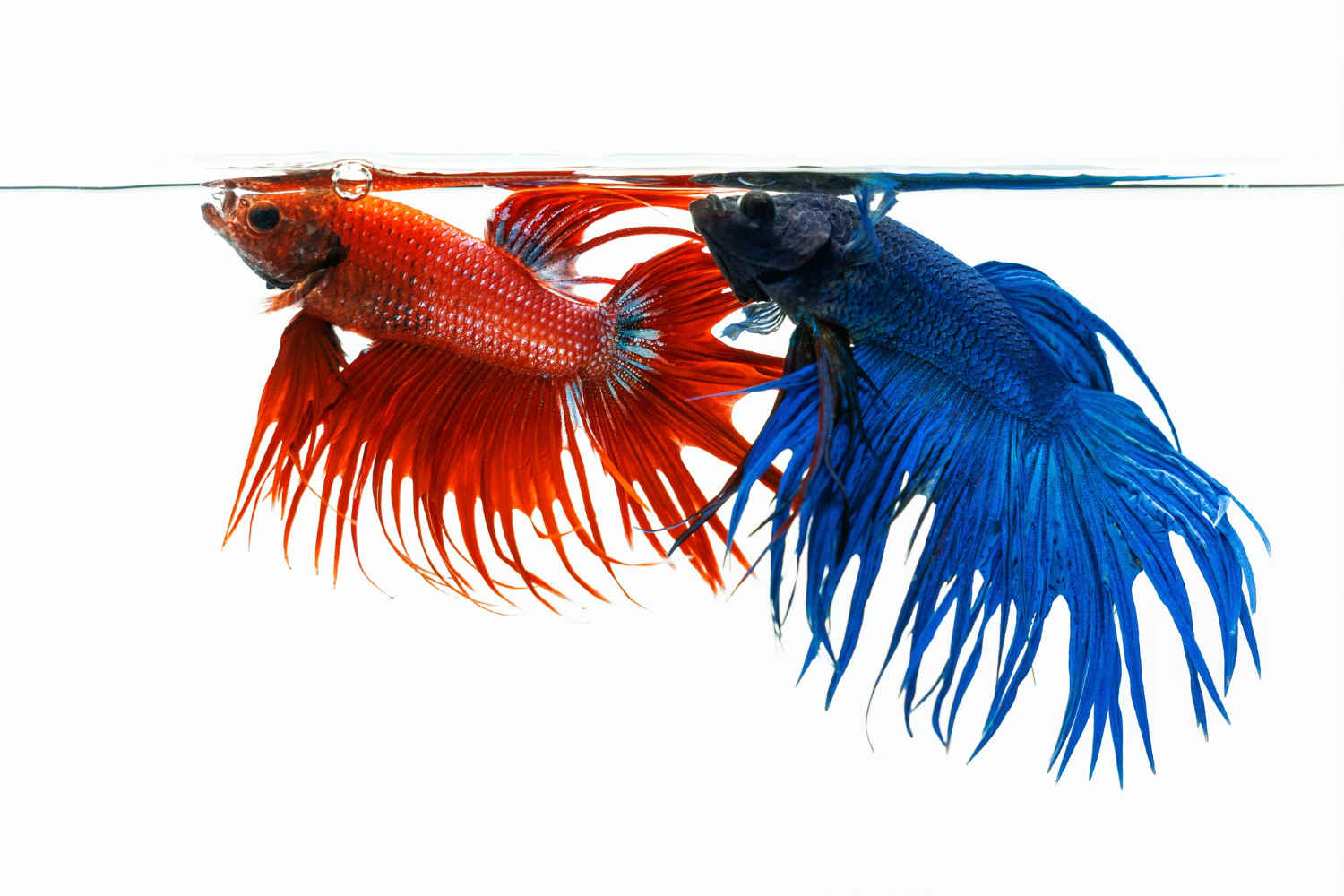
.jpg)
